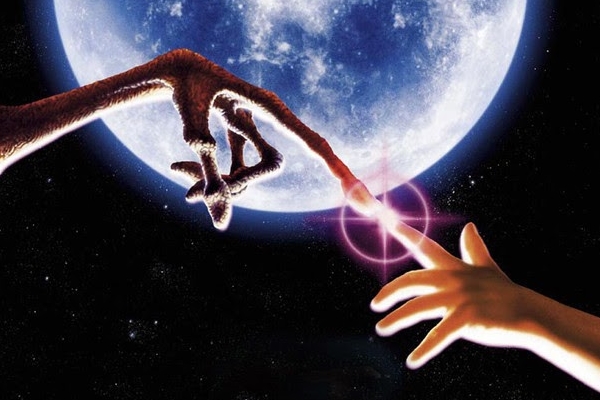NASA publishes a job offer straight out of a science fiction movie. Thus, the “Planetary Protection Officer” will have to ensure that the Earth is not contaminated by materials brought back from space, but also that the planets and moons are not contaminated during our explorations.
No, this is not a script from a science fiction movie as you might think, but a real job proposal spotted on the US government website. According to the site, this unusual position involves avoiding biological contaminants in human and robotic space exploration. The job description involves frequent travel and includes an annual salary between $124,406 and $187,000 per year. The security clearance level of the position has been classified as “Secret”.
Interested in @NASA's opportunity to become a Planetary Protection Officer?! Vacancy is open! Learn more on @USAJOBS https://t.co/qj10DH6s3M
— NASA People (@NASApeople) August 2, 2017
NASA puts the planet Earth in your hands!
Make no mistake, the threat evoked by NASA, against which the planetary protection officer will have to fight, is not at all a possible invasion of extraterrestrial forces of the “Mars Attacks” or “Independence Day” type. The threat that the American space agency is thinking of is much less visible, since it is in the form of viruses and bacteria. So, don’t necessarily expect a lot of intergalactic action.

The offer is nevertheless interesting. NASA promises a full-time job with a very specific CV. For this unusual job, you will need to be an American citizen. The successful candidate must have a degree in the physical sciences, engineering or mathematics. He or she should also have knowledge of planetary protection and diplomatic skills. This person will therefore ensure that no microscopic life from Earth contaminates other planets and vice versa.
The Planetary Protection Officer will monitor “all spaceflight missions that may intentionally or unintentionally transport terrestrial organisms and organic components to planets or other solar system bodies, and any mission using a spacecraft, which is intended to return to Earth and its biosphere with samples from extraterrestrial exploration missions,” the announcement said. This reminds us of the scenario of the recent science fiction film “Life – Origin Unknown”… synopsis: a team of scientists posted on the International Space Station discovers a rapidly evolving life form. It would be the cause of the extinction of life on Mars. What a surprise for the crew when the cute little creature turns into a threat, and worse, to all life on Earth!
https://www.youtube.com/watch?v=DvYXwe_3pf0
In reality, only two people in the world hold such a position full-time. One works for the European Space Agency and the other for NASA. In 2014, Catherine Conley, the current head of planetary protection, told Scientific American that one of her concerns was that humans who travel to Mars could contaminate the planet if they die there. She explained that it was important not to pollute other planets and not to repeat the mistakes made by humans on Earth. “If you wanted to drill an aquifer on Mars, it would be imperative for future settlers to keep the borehole clean because organisms can grow in the aquifer and change the conditions so that it is no longer usable.” She points out.
International Outer Space Treaty
The International Outer Space Treaty, signed in 1967, requires all signatory countries to avoid at all costs that bacteria or viruses from other planets or celestial objects, such as the Moon, can contaminate our Earth. The space agencies have also concluded that it is imperative that space exploration prevent the spread of Earth-based bacteria or viruses to other planets or satellites.

Such a threat should not be taken lightly since such contamination could indeed have very serious consequences here or elsewhere. It is enough to remember that when the first Europeans went to the American continent, they also imported diseases against which the natives had no resistance, thus generating a real biological genocide. Some Amazonian tribes have also disappeared entirely due to viral contamination brought by explorers.



